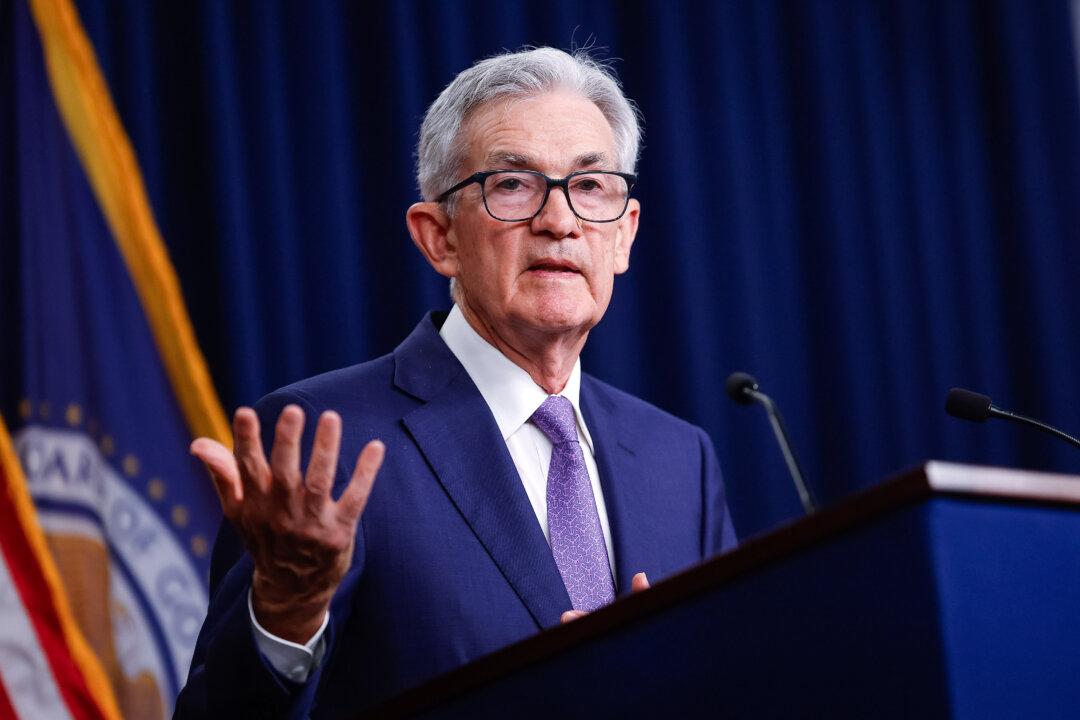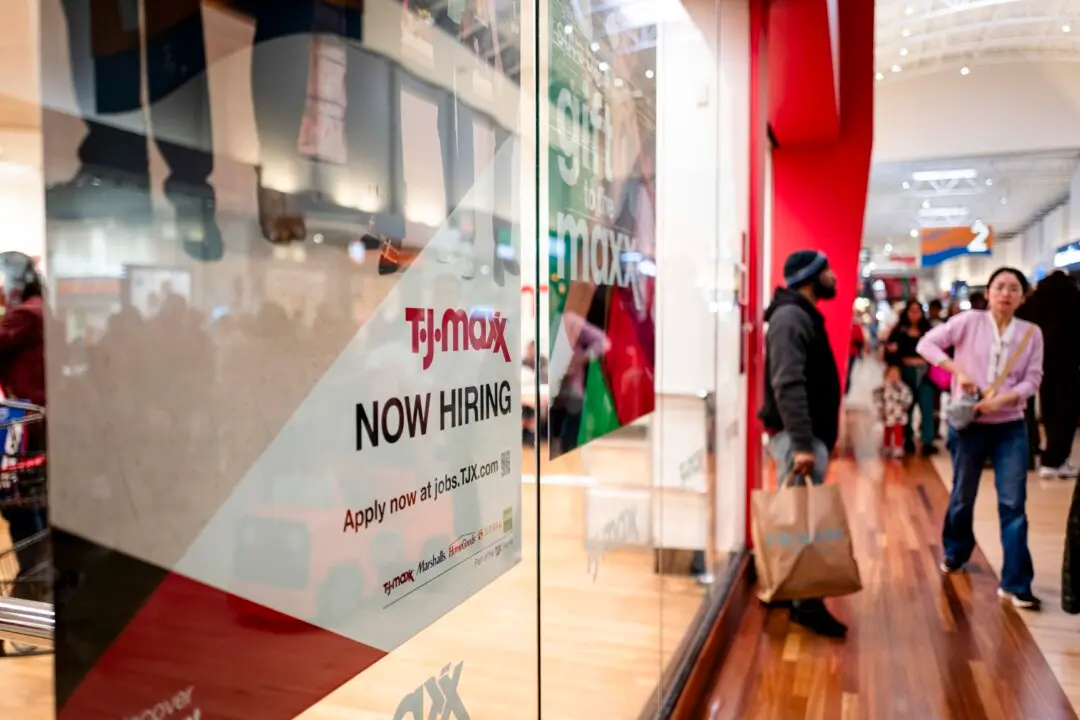Federal Reserve officials warned at the June policy meeting that if inflation remained elevated or continued to rise, policymakers might need to raise interest rates, according to minutes from the meeting released on Wednesday.
Officials noted that they are not ready to cut interest rates until they have obtained “greater confidence” that the inflation rate is heading toward the central bank’s 2 percent goal.





